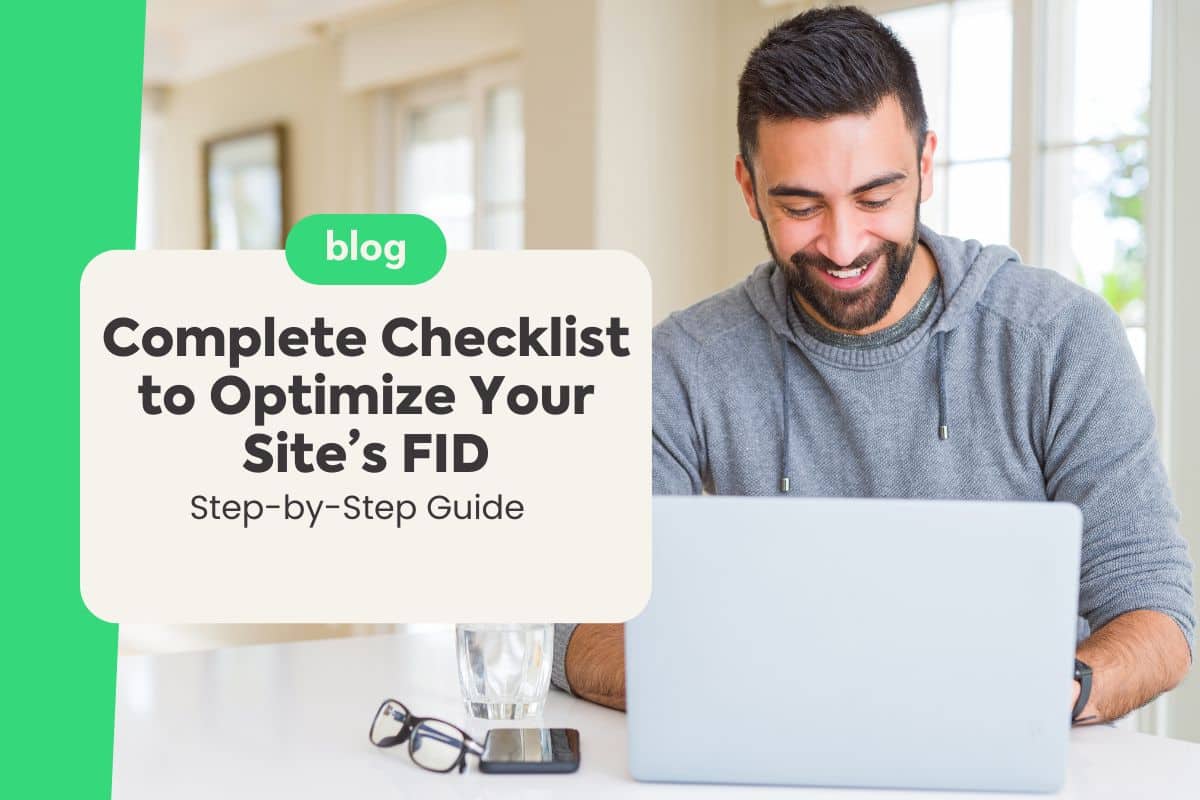Optimizing the FID (First Input Delay) is essential for publishers looking to enhance user experience (UX), retain readers, improve SEO, and increase conversions and monetization. As a crucial metric of Google Core Web Vitals, the First Input Delay measures the time it takes for a user to interact with a web page for the first time after its initial load.
A high First Input Delay can significantly harm the user experience and the SEO performance of your site. To stand out in the competitive digital market, it is crucial to offer an impeccable UX. This step-by-step guide will provide all the necessary information to optimize your site’s FID, ensuring a fast and responsive browsing experience.
Index
Understanding FID
What is a good First Input Delay score?
Google recommends that the First Input Delay be less than 100 milliseconds. Above this value, users may perceive delays and sluggishness when interacting with the page. Keeping this metric within the ideal parameters is essential to ensure a good user experience and improve your ranking in search engines.
Factors Affecting First Input Delay
Various elements can influence the FID, such as resource load time, JavaScript processing, page rendering, and the overall web user experience. Understanding these factors is the first step to effectively optimizing your site.
Analyzing Your Site’s FID
Analysis Tools
Use tools like PageSpeed Insights and Web.dev to identify your site’s First Input Delay values and get a detailed diagnosis of performance issues.
Testing on Different Devices and Networks
Conduct tests on different devices, browsers, and internet networks to get a complete view of the First Input Delay performance in various scenarios. This will help identify specific issues and adjust your optimization strategies more precisely.
How to Optimize First Input Delay
Images
- Image Optimization: Compress images, use efficient formats (like WebP), and size them according to the page’s needs.
- On-Demand Loading: Load images only when they are visible on the user’s screen, using techniques like lazy loading.
JavaScript and CSS
- Minification: Remove unnecessary code and minify JavaScript and CSS files to reduce their size and load time. Tools like Minifier.org can help in this process.
- Script Deferral: Load non-essential scripts only when necessary, using techniques like async and defer. Learn more about these techniques on discourse.mozilla.org.
- Elimination of Redundant Scripts: Identify and eliminate redundant or unused scripts to improve the site’s overall performance.
Page Rendering
- Use of CDN: Use a content delivery network (CDN) to distribute your site’s static resources to servers closer to users, reducing latency. Find more details on Cloudflare.
- Web Font Optimization: Use optimized web fonts and load them asynchronously to avoid blocking page rendering. See best practices in Google Fonts documentation.
- Avoid Unnecessary Layout Rendering: Avoid excessive use of complex layouts and techniques that may delay page rendering.
Other Optimizations
- Browser Cache: Implement browser cache strategies to speed up the loading of page resources and reduce the FID.
- Web Server Upgrade: Use an updated and properly configured web server to ensure good performance.
- Constant Monitoring: Regularly monitor your site’s FID and make continuous optimizations to maintain good performance.
Additional Tools and Resources
- Beginner’s Guide to FID
- PageSpeed Insights Documentation
- Image Optimization for the Web
- JavaScript and CSS Minification
- On-Demand Script Loading
- Use of CDN
- Web Font Optimization
Conclusion
Optimizing the FID is a continuous process that requires constant monitoring and adjustments. Prioritize actions that will have the greatest impact on your site’s FID and use the available tools and resources to help in optimization. By following this step-by-step guide and using the recommended tools and resources, you will be on the right path to optimizing your site’s FID, providing a better user experience and improved SEO performance.
To ensure your site is always optimized and offering the best user experience, rely on Grumft. We are specialists in site and app monetization and develop tags that do not interfere with the user experience. Our expertise is what you need to achieve your goals. Contact us and discover how we can help you.





